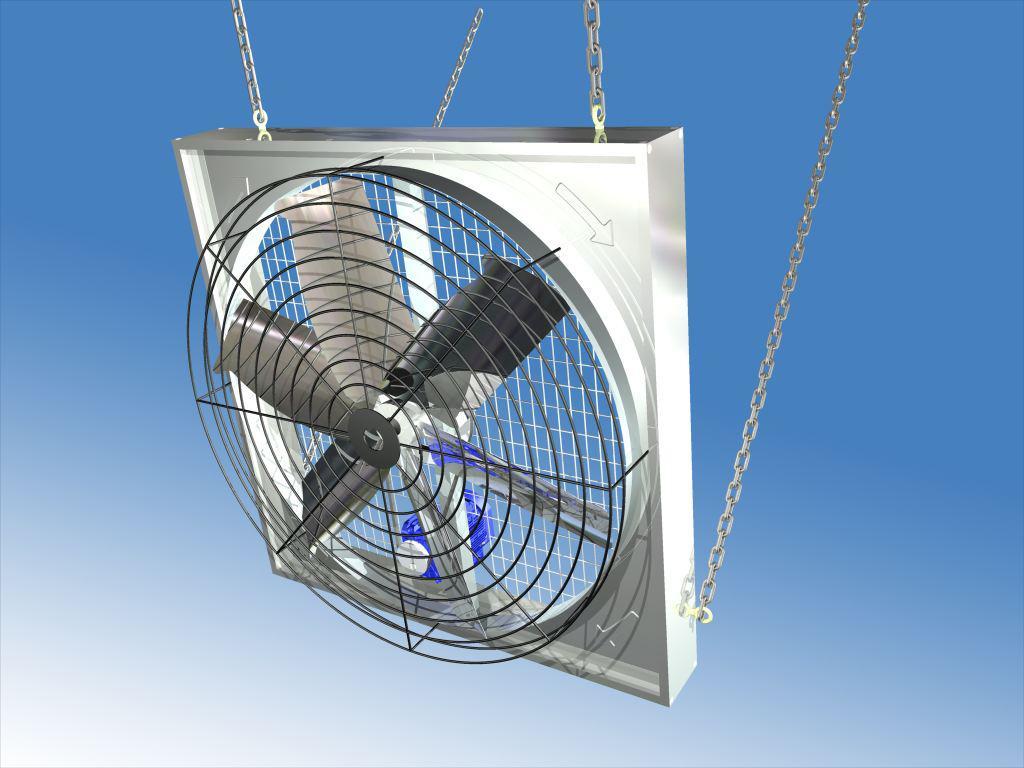Trends in Ventilation: Where Style Meets Performance
페이지 정보
작성자 Naomi Rotton 작성일25-08-13 21:57 조회7회 댓글0건관련링크
본문
As we continue to navigate the demands of modern indoor spaces, the importance of proper ventilation has become increasingly evident. With growing concerns over air quality and health, architects, designers, and engineers are turning to innovative solutions that seamlessly integrate technology and design.
In this blog, we will explore the emerging trends in ventilation and what they mean for the future of our indoor environments.
Improved Air Quality
One of the primary drivers behind the shift in ventilation trends is the pressing need for improved air quality. As our understanding of the impact of poor indoor air quality on human health has grown, the focus has shifted from simply removing stale air to actively promoting cleaner air circulation. This has led to the development of systems that not only extract pollutants but also introduce fresh air and eliminate pathogens. Incorporating real-time monitoring technology, these advanced systems can be adjusted to accommodate fluctuations in population, temperature, and humidity levels.
Integration with Building Management Systems
Another key trend in ventilation is its increasing integration with building management systems (BMS). As BMS technology has improved, the ability to control, monitor, and optimize various building systems, including ventilation, has become more prevalent. By leveraging data from various sources, including air quality sensors, occupancy tracking, and energy management systems, BMS can improve ventilation levels, energy consumption, and maintenance schedules.
Acoustic Ventilation
The importance of acoustic comfort has increased exponentially in recent years, driven by changing work styles. With noise pollution increasingly recognized as a major contributor to decreased productivity and well-being, the focus has turned to acoustic-optimized ventilation systems. By using materials with sound-absorbing properties and strategically placing ducts and diffusers, designers can minimize reverberation and create a more peaceful indoor environment.
Modular and Flexible Systems
Modular ventilation systems have become increasingly popular due to their flexibility and cost-effectiveness. By allowing for the easy rearrangement of individual components, these systems can accommodate shifting spaces, new construction, and renovation projects. Their modular nature also promotes flexibility, as they can be customized to meet the specific needs of various applications.
Biophilic Ventilation Design
As our connection to nature is recognized as essential for human well-being, biophilic design has become a significant trend in architecture and interior design. Biophilic ventilation systems draw from this concept, emphasizing the incorporation of natural elements, such as plants and skylights. By combining the functionality of mechanical ventilation systems with the aesthetic appeal of natural light and fresh air, biophilic ventilation design aims to create spaces that promote health, productivity, and overall happiness.
The Future of Ventilation
In conclusion, the convergence of technology and design in ventilation systems has given rise to innovative, adaptive, and user-centric solutions that prioritize both function and aesthetics. With a focus on enhancing air quality, integration with BMS, acoustic ventilation, modular systems, and biophilic design, the future of ventilation looks more promising than ever. As we strive for healthier indoor Где применяется вентилятор канальный круглый ВКК 200 spaces, the advancements in ventilation will undoubtedly play a pivotal role in shaping the built environment.

